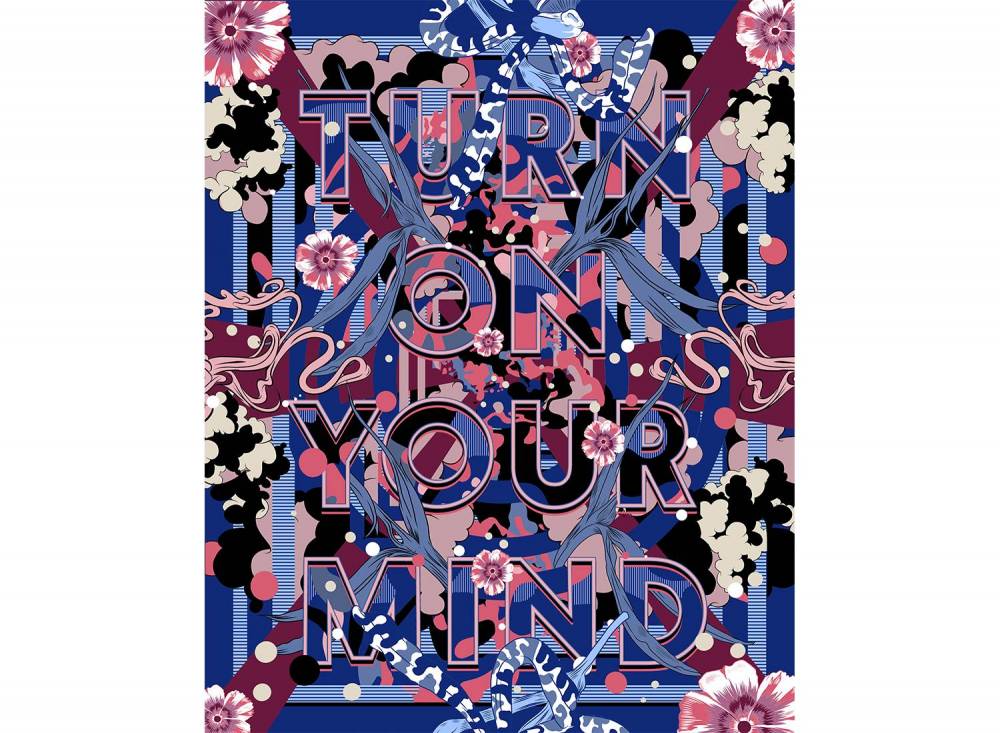Gemma O’Brien puts words into art
Gemma O’Brien does her own thing. She quit law school to pursue her passion for drawing and letterpress printing and in the meantime became a well-known artist. Gemma does bold super graphics, illustrative lettering and hand-painted murals with the mission in mind to elevate words to art. We had a chat with the Australian artist about the in-between of digital and analog, trends within the creative scene and how to find balance in her creative career.
You made your passion your profession at quite a young age. What did your parents say back then, when you told them you wanted to quit law school and make a profession out of your hobby?
My parents were very supportive and have continued to be supportive throughout my career, which is really awesome. I think they weren’t surprised in many ways because I was always painting and drawing and was very creative as a kid. I think I only really chose law school because of the pressure from my school. I thought that I needed to do something that was considered a smart career. I’m glad that I was able to make that change so early on rather than maybe spending 10 years as a lawyer and then realizing it.
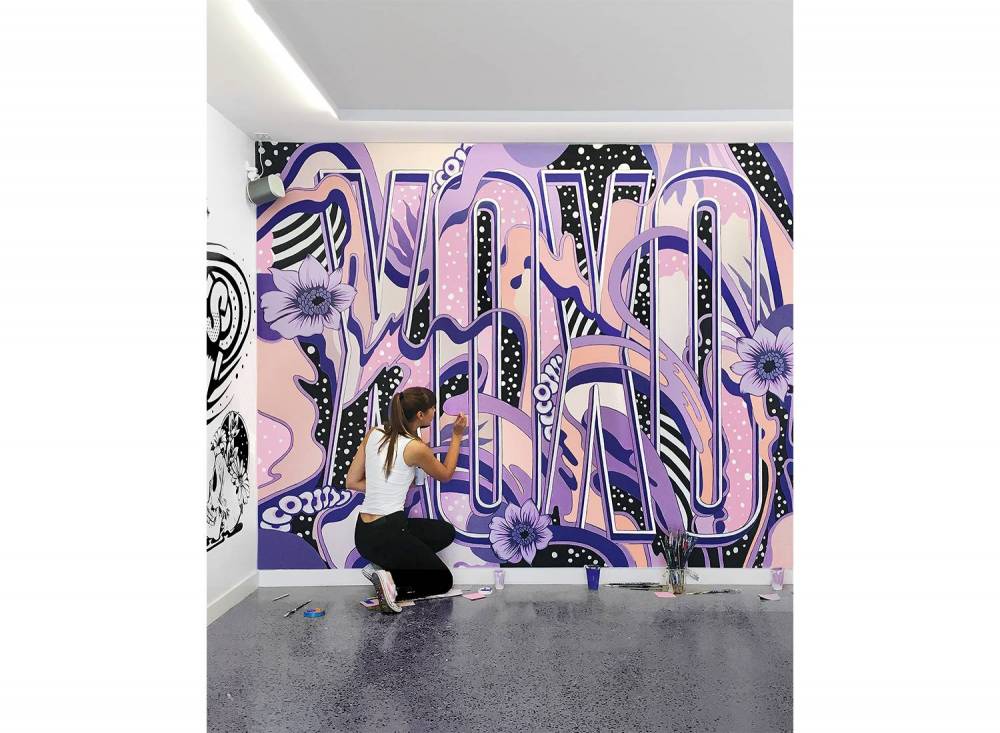
Have you ever not been drawing?
Actually, I don’t think anyone’s ever asked me that question (laughing). No, I think I’ve always been drawing in some way. If not, I’m probably thinking of ideas or imagining drawings or imagining artwork that I could create.
How do new techniques and technologies affect your work?
I used to be very fiercely analog. I would love working by hand. Every time I would travel, if I was working on a commission, I would travel with my flatbed scanner and all of my analog pencils and pens no matter what. However, my approach has started to change a little bit because of new technologies. I have seen the influence on both my style and my process. Particularly when the iPad Pro came out with the Apple pencil, I started to experiment with color because it was really easy and fast to do that.
I love the idea of new technology but I also think that technology is just a tool and that there’s always something underneath that, like your ideas or your point of view. That kind of exists separately from it and maybe, who knows, in the future they’ll merge as one.
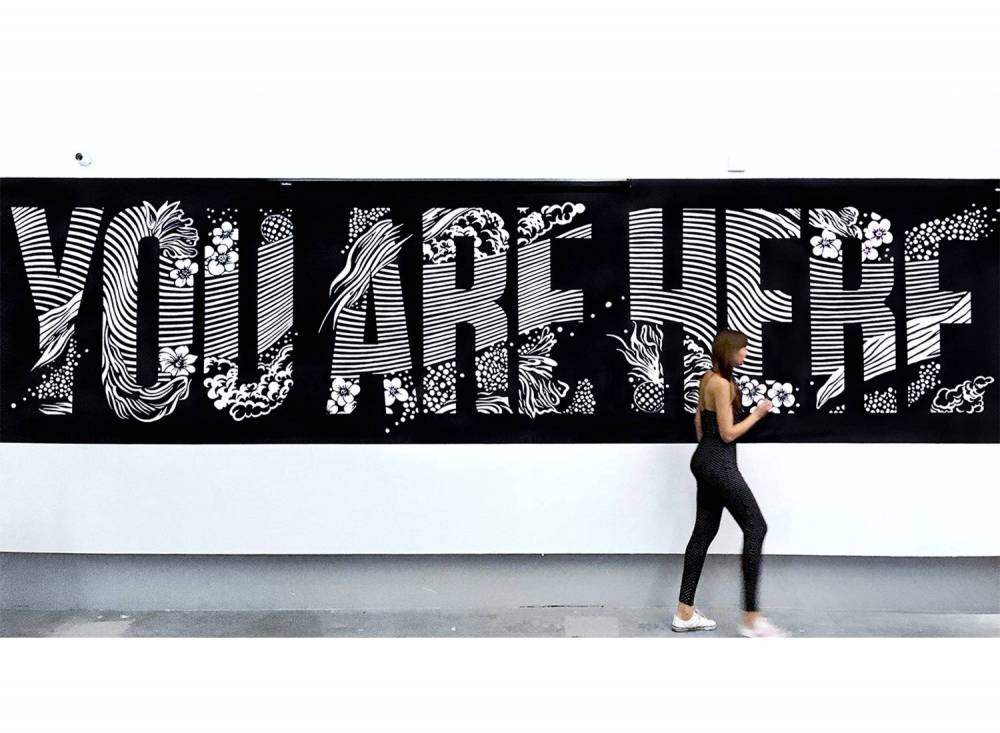
What do you think as a letterer: Do you think lettering is just a trend at the moment? Will it live on?
It’s funny because I remember when I was in university and finishing art school, I really got into lettering and it definitely was not what it is today.
It’s become very popular and easily accessible and in many ways that’s great because people get to practice and experience this art form on their phone every single day. But in other ways, part of the in-depth history or context gets lost when things become trends.
So lettering will have its moment as the hip thing in advertising and it’ll probably get phased out because that’s just how it goes.
Ultimately, it will return in different ways because at the end of the day, the written word and visual forms of it are so present throughout human history. It’s such a long-standing thing that we use, so I think it will stick around.
And what do you think is the next big trend in the creative scene?
Maybe it could be a merging of digital technologies, like incorporating AR and VR with a hand-painted mural. Or maybe it’s something completely different. I’m excited to see what people respond to because I think that trends represent a certain mood or a feeling at a particular moment. So I don’t know what it is but I’m excited to see and hopefully be a part of it (laughing). If I’m not suddenly outdated next year.
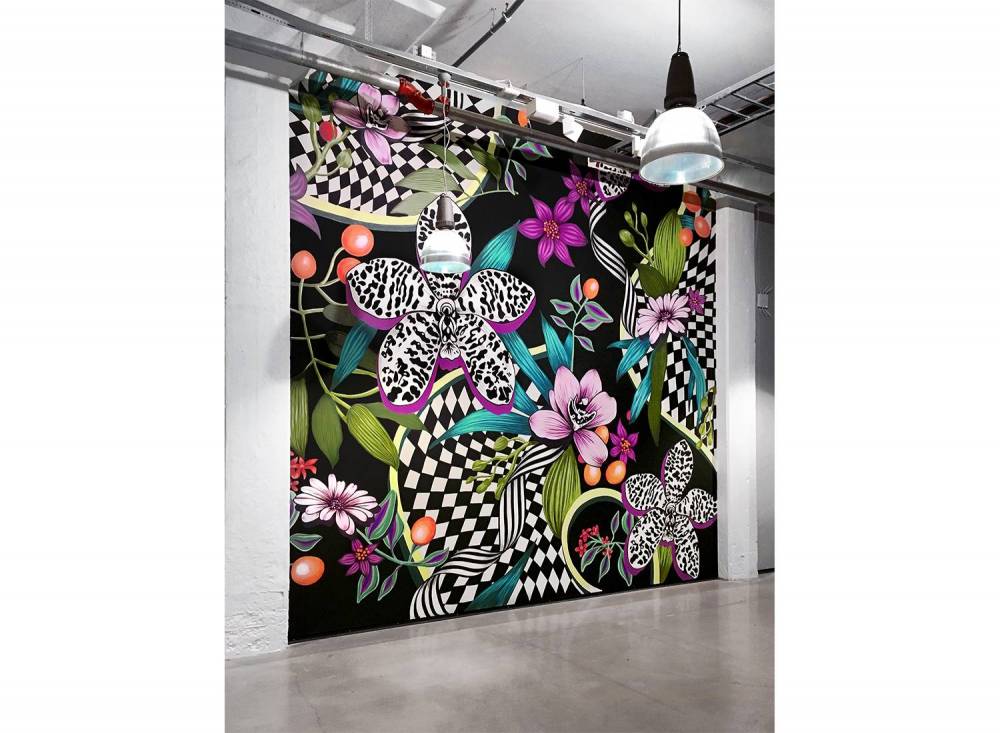
Creative industries are still dominated by men though – Do you feel you have a harder time sometimes to be successful as a woman?
I think we’re in this period of change – much needed change – around women in high positions, not only in the creative industries but in the world. We’re on the right track. It doesn’t mean that it’s always necessarily easy or fair. But I think that we just keep on moving forward. Women create some of the best work that’s out there so they deserve to be at the top what is historically being a very male dominated industry. So I think it’s just about continually seeking new talent and looking where that comes from not only women but all diverse backgrounds because if the creative work of the world represents the people of the world then it’s going to be the most interesting and exciting work that can be.
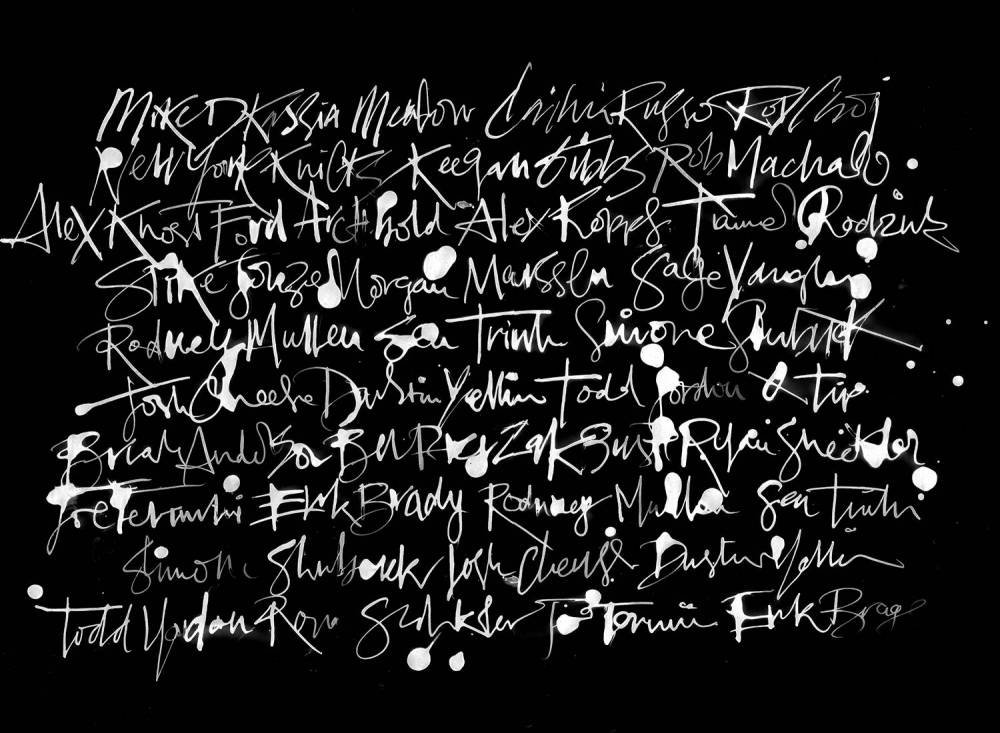
How do you find balance in your creative career? How do you deal with stress?
I feel like this is an area that I’m definitely still working on. When I was younger and finishing art school and had less responsibilities, it was easier just to focus on the work and stay up all night and if you’re really driving for this goal and to create amazing work and everything else doesn’t feel like it matters. But I’m in my 30s now. I’m just starting to see things a little bit differently and trying to seek out that balance. It’s an ongoing project (laughing) and compared to other stresses in the world, the stress of being a creative seems so internal and driven by expectations of what you want to create and how that reflects who you are. It is important to take a step back and see that separation and make sure that it’s also still fun.
What should a young creative focus on? Building a network or studying? Do you have a thought on that?
I think both studying and building a network are important – studying in particular. There’s always going to be a history of things that have come before and I’ve started to notice even more now how much within the visual design world, that ideas or trends or these things get not necessarily recycled but they exist in the context of history. Despite I hate the idea of networking – but you can’t deny that it’s important – especially now in a very social world like connections, really like human connections.
But what’s even more important than both of those things is finding something that is really unique to you. And that’s hard to do when you set out to what is my style and what makes me unique. It’s more just deep down you have a gut feeling like “I want to create this”, “This would be really cool”, “I’ve never seen this before”. Follow those gut feelings and intuitions because then your work is going to be unique to you and people notice that.
What would you advice to a young creative in their 20s?
Know the history, build a network and find your own voice.
